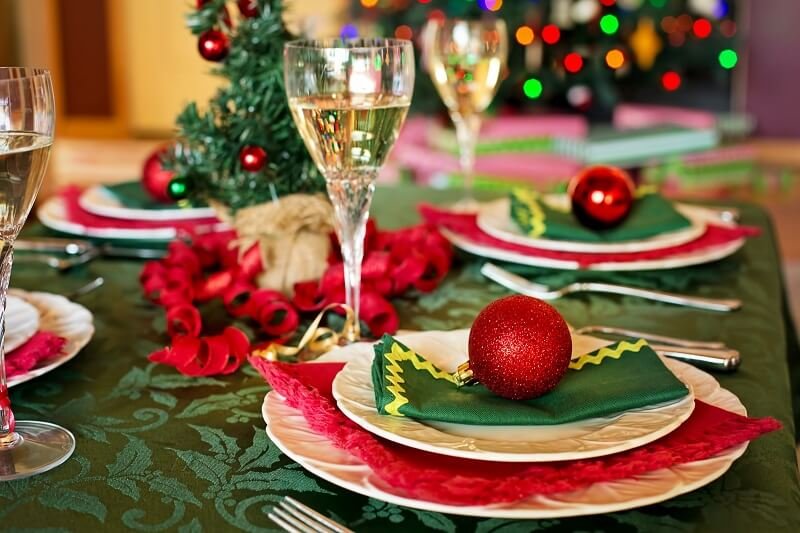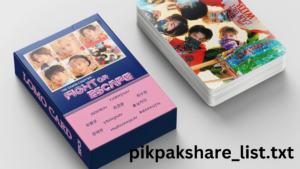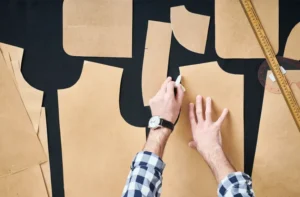The Art and Utility of Napkins: A Comprehensive Guide
Introduction
Napkins are more than just practical items used to clean spills and keep fingers tidy; they play a significant role in the overall dining experience and decor. From formal dinners to casual meals, the right napkin can enhance the presentation of your table setting and add a touch of elegance. This article explores the various types of napkins, their uses, and tips for selecting and folding them to elevate any dining occasion.
Types of Napkins
- Paper Napkins
- Versatility and Convenience: Paper napkins are widely used for their convenience and disposability. They come in various sizes, colors, and patterns, making them suitable for everything from casual gatherings to festive occasions. While not as durable or elegant as cloth napkins, they are practical for quick cleanups and large events.
- Environmental Considerations: Many paper napkins are now available in recycled or biodegradable options, catering to environmentally conscious consumers. Choosing these options can reduce waste and lessen your ecological footprint.
- Cloth Napkins
- Elegance and Durability: Cloth napkins are a staple in formal dining settings. Made from materials such as cotton, linen, or a blend, they offer a more refined appearance and are reusable, making them an eco-friendly choice. Cloth napkins can be found in various colors, patterns, and textures, allowing for greater customization.
- Care and Maintenance: Unlike paper napkins, cloth napkins require washing and ironing. To maintain their appearance, they should be laundered according to the fabric’s care instructions, usually involving gentle cycles and air drying to preserve their quality.
Choosing the Right Napkin
- Consider the Occasion
- Casual Meals: For everyday dining or informal gatherings, paper napkins or simple cloth napkins are appropriate. Opt for colors and patterns that complement your table setting without overwhelming the overall look.
- Formal Events: For special occasions such as weddings, holiday dinners, or elegant parties, cloth napkins are ideal. Choose high-quality fabrics and colors that align with the event’s theme or color scheme.
- Match with Tableware
- Complementary Colors: Ensure that your napkins coordinate with your tableware and linens. This could mean matching the napkins with the tablecloth or using contrasting colors to create visual interest.
- Patterns and Textures: If your tableware features intricate patterns, opt for solid-colored napkins to avoid clashing. Conversely, if your table setting is simple, you can introduce patterned or textured napkins to add depth.
Napkin Folding Techniques
- Basic Folds
- The Basic Fold: This simple fold involves folding the napkin into a rectangle and then folding it in half. This classic fold is versatile and suitable for most casual dining settings.
- The Roll: Rolling the napkin into a cylinder and securing it with a napkin ring or ribbon creates a neat and tidy appearance. This method is ideal for both casual and formal occasions.
- Creative Folds
- The Fan Fold: To create a fan fold, accordion-fold the napkin and then arrange it in a standing position. This fold adds a touch of elegance and can be used as a centerpiece or alongside place settings.
- The Bishop’s Hat: For a dramatic effect, fold the napkin into a bishop’s hat shape. This fold works well for formal dinners and adds a sophisticated touch to your table setting.
- The Lotus Fold: The lotus fold resembles a blooming flower and is perfect for special occasions. It involves folding the napkin in a series of steps to create a layered, floral appearance.
Caring for and Storing Napkins
- Proper Washing
- Cloth Napkins: Follow the care instructions on the napkin label, typically involving washing in cold or warm water and avoiding harsh detergents. Ironing cloth napkins while still slightly damp can help maintain their crisp appearance.
- Stain Removal: Address stains promptly by treating them with appropriate stain removers or pre-soaking solutions. Avoid using bleach on colored or patterned napkins, as it can damage the fabric.
- Storage Solutions
- Organizing Napkins: Store clean napkins in a dry, cool place to prevent mildew or discoloration. For cloth napkins, consider using a dedicated drawer or box to keep them organized and free from wrinkles.
- Napkin Rings and Holders: Use napkin rings or holders to keep napkins neatly arranged and accessible. This can also add a decorative element to your table setting.
Napkins in Different Cultures
- Cultural Significance
- European Traditions: In many European countries, napkin folding is considered an art form, with elaborate designs often used in fine dining establishments. Napkin etiquette, including how to place and use napkins, varies across cultures and is an important aspect of formal dining.
- Asian Practices: In various Asian cultures, napkins may be used differently, such as for wiping hands or as part of a meal’s presentation. Understanding these practices can enhance cross-cultural dining experiences.
Conclusion
Napkins play a crucial role in both the functionality and aesthetics of dining. Whether you’re hosting a casual lunch or an elegant dinner party, selecting the right napkins and using creative folding techniques can significantly enhance your table setting. By considering the occasion, matching with your tableware, and caring for your napkins properly, you can create a dining experience that is both practical and visually appealing. Embrace the art of napkin usage to elevate your dining occasions and impress your guests with thoughtful and stylish presentations.














Post Comment